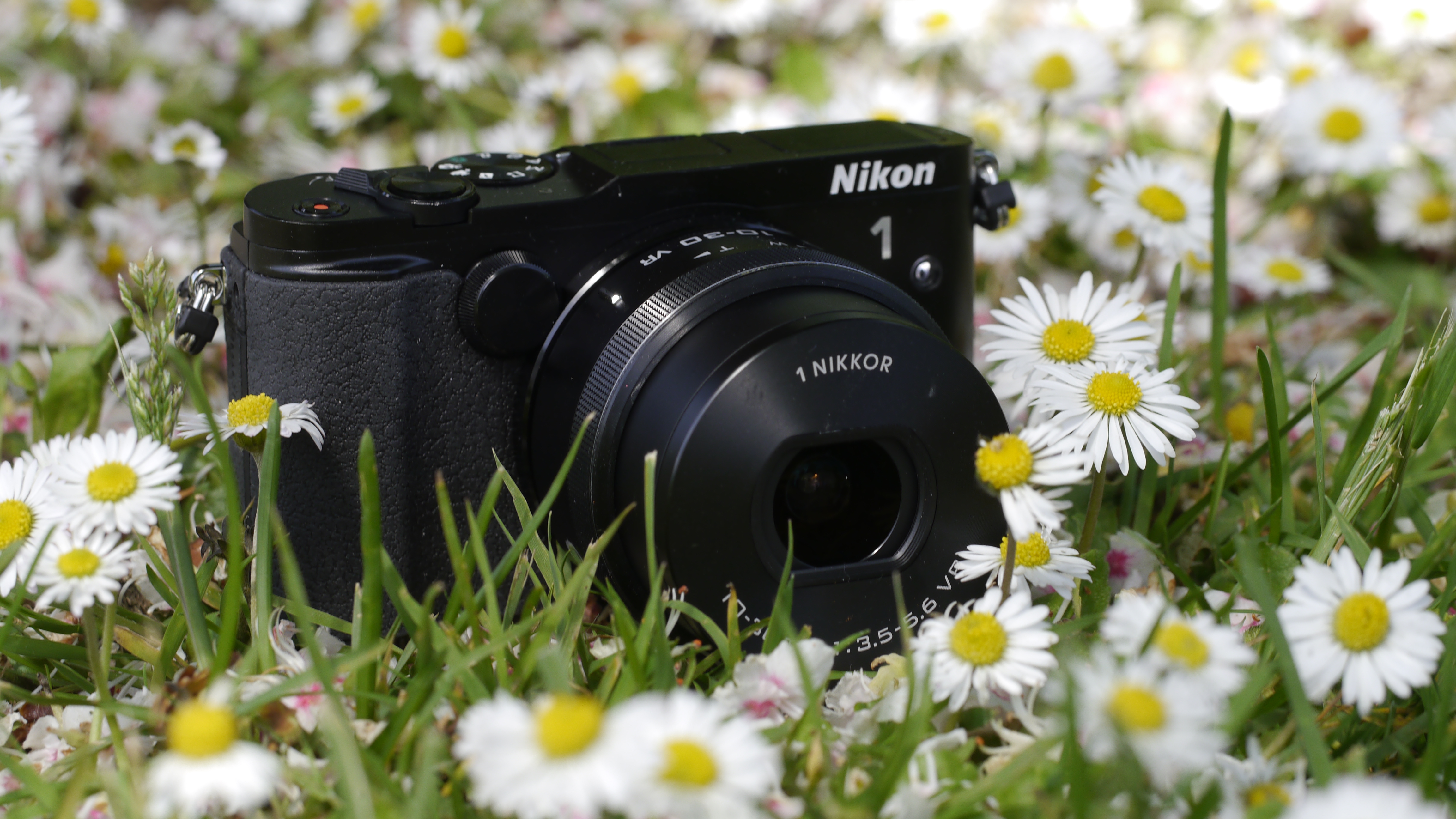Why you can trust TechRadar
Nikon has taken a bit of a departure from the V2 for the V3, making it look more sleek and sophisticated, but taking away the viewfinder which made the V2 quite an appealing prospect to enthusiast photographers.
It will be interesting to see how removing the latter, making the body more attractive, and adding a touchscreen impacts on the enthusiast, who is likely to be attracted to this camera.
Personally, I like the improvements that Nikon has made to the appearance of the camera, but I did find myself missing that viewfinder when composing – especially for certain subjects such as portraits. While it's true that you can buy one as an additional extra, that adds cost to a camera which isn't exactly cheap to start with.
Still, the addition of a touchscreen and integrated Wi-Fi is a smart move, which makes using the camera a breeze. It's good that Nikon has still kept a good variety of physical buttons, so you can use the touchscreen to enhance and complement the usability of the camera, rather than at the expense of easier-to-use physical buttons. The touchscreen is especially useful when it comes to setting the autofocus point, and more so when you're shooting from a slightly awkward angle and want to fire off the shutter release. The fact that the screen tilts is also useful for said awkward shots.
It's also nice to see the introduction of the new collapsible kit lens. This makes the overall body size nice and compact, and while it's nowhere near pocketable, it fits nicely into a small bag. This makes it a great choice as a backup to your DSLR when you don't want to lug something heavy – probably especially so for existing Nikon owners who will be used to the menu system.
Unlike Canon, Nikon has several different models for its CSC range, and this gives more confidence that the company is determined to develop the system. The addition of new lenses also adds to that feeling.
Image quality is good, especially so for a camera with a one-inch sensor. Removing the anti-aliasing filter has increased detail reproduction, but it's still not on a par with those cameras with a larger sensor. However it is also true that the Nikon 1 system is generally smaller than those cameras – with notable exceptions, such as the Panasonic GM1.
The addition of the new Expeed 4A processor has enabled the camera to shoot at a greater sensitivity than the previous version of the camera. At high sensitivities, the amount of noise present is only acceptable if you're sharing or printing at normal sizes – anybody wishing to make large prints, or crop into areas of the photo, may be left disappointed. Again, cameras with larger sensors cope better in this area overall.
We liked
The tilting touchscreen is a great new addition. It's responsive and easy to use. It's great to be able to quickly set the autofocus point as and when you need to, and it also comes into good use when playing back images – you can swipe and pinch to zoom just as you might on a smartphone. The fact that Nikon keeps a large array of different physical buttons and dials also helps with the usability of the camera.
We disliked
It's a shame to lose the viewfinder. While it keeps the sleekness of the camera in check to get rid of it, it also means that the V series loses one of its unique features when compared to other cameras in the Nikon 1 range. Enthusiast photographers are likely to miss having this traditional method of composition, and although there is one available to buy at additional expense, that will add cost to a system which is already pretty expensive.
Verdict
The Nikon V3 is a great camera to use, and produces images which are of a good, if not exceptional, quality. It's great to see Nikon experimenting with different body types to suit different customers, and it's also nice to see a traditional company such as this fully embracing touchscreen and Wi-Fi technology in a way that some other manufacturers seem to be leaving out. It would have been nice to have kept the viewfinder though.
Amy has been writing about cameras, photography and associated tech since 2009. Amy was once part of the photography testing team for Future Publishing working across TechRadar, Digital Camera, PhotoPlus, N Photo and Photography Week. For her photography, she has won awards and has been exhibited. She often partakes in unusual projects - including one intense year where she used a different camera every single day. Amy is currently the Features Editor at Amateur Photographer magazine, and in her increasingly little spare time works across a number of high-profile publications including Wired, Stuff, Digital Camera World, Expert Reviews, and just a little off-tangent, PetsRadar.

